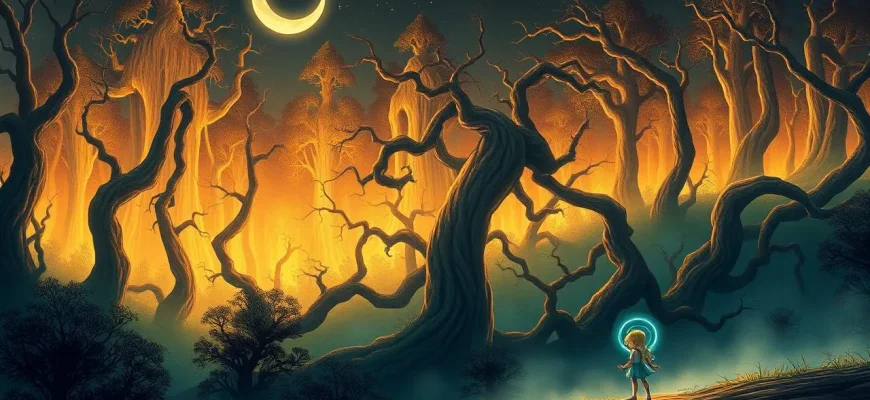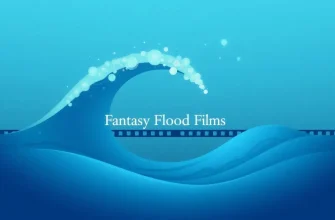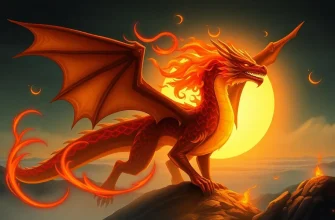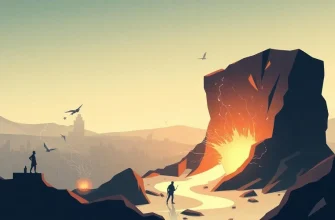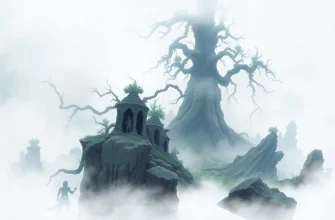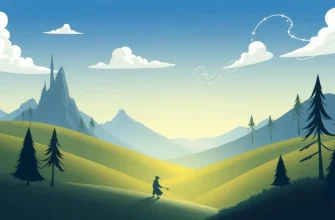In an era where environmental concerns are at the forefront of global discussions, fantasy films provide a unique lens through which we can explore these issues. This curated list of 10 fantasy films delves into the realm of eco-catastrophes, blending magical elements with dire ecological warnings. Each film not only entertains but also subtly educates viewers about the fragility of our planet, making for a compelling watch for those who love fantasy and care about the environment.
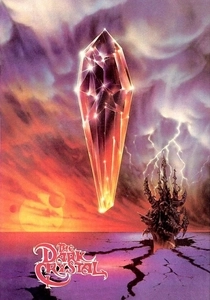
The Dark Crystal (1982)
Description: This dark fantasy film by Jim Henson explores a world where the balance of nature has been disrupted by the evil Skeksis, leading to ecological ruin.
Fact: The film was shot entirely with puppets, requiring a massive team of puppeteers and animators.
 Watch Now
Watch Now 
Waterworld (1995)
Description: Set in a future where the polar ice caps have melted, covering the Earth in water, this film explores survival in a post-apocalyptic, water-covered world, with a touch of fantasy through the character of the Mariner.
Fact: The film's set was so large that it was the largest floating set ever built, covering 10 acres.
 Watch Now
Watch Now 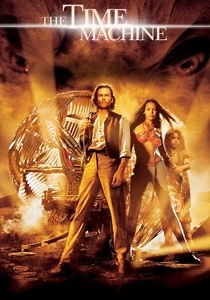
The Time Machine (2002)
Description: This adaptation of H.G. Wells' novel includes a future where humanity has split into two species due to environmental and societal collapse, with a fantastical twist.
Fact: The film's time machine was designed by the same artist who created the iconic DeLorean from "Back to the Future."
 Watch Now
Watch Now 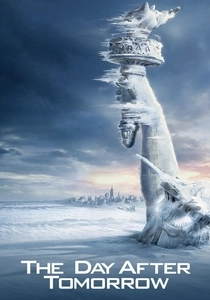
The Day After Tomorrow (2004)
Description: This blockbuster film imagines a world where climate change triggers a new ice age, showcasing the catastrophic effects of global warming through a fantastical lens.
Fact: The film was inspired by the book "The Coming Global Superstorm" by Art Bell and Whitley Strieber. It was one of the first major films to address climate change.
 Watch Now
Watch Now Avatar (2009)
Description: While primarily known for its visual effects, "Avatar" also touches on themes of environmental destruction and the clash between nature and technology on the lush alien world of Pandora.
Fact: James Cameron spent over a decade developing the technology needed to create the film's world, emphasizing the importance of preserving natural environments.
 Watch Now
Watch Now 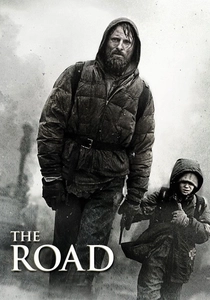
The Road (2009)
Description: While not strictly fantasy, the post-apocalyptic setting where nature has reclaimed the world offers a grim fantasy of survival in a world stripped of its resources.
Fact: The film was shot in various locations to depict a world where nature has overtaken civilization.
 Watch Now
Watch Now 
The Book of Eli (2010)
Description: In a post-apocalyptic world where water and food are scarce, the film explores themes of survival, faith, and the importance of knowledge, with a mystical element to Eli's journey.
Fact: The film's ending reveals a twist about Eli's mission, adding a layer of fantasy to the narrative.
 Watch Now
Watch Now 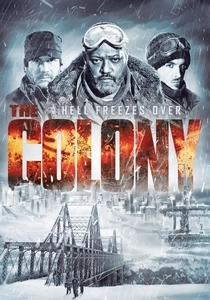
The Colony (2013)
Description: Set in a future where Earth's surface is uninhabitable due to a new ice age, this film blends sci-fi with elements of fantasy in its depiction of underground colonies and the struggle for survival.
Fact: The film was shot in Montreal, Canada, using real snow to depict the harsh, frozen world above ground.
 Watch Now
Watch Now 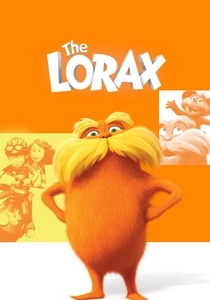
The Lorax (2012)
Description: Based on Dr. Seuss's beloved book, this animated film tells the story of the Lorax, who speaks for the trees, in a world where industrialization has led to ecological devastation.
Fact: The film features a song by Taylor Swift, "Let It Grow," which promotes environmental awareness.
 Watch Now
Watch Now 
Princess Mononoke (1997)
Description: Hayao Miyazaki's masterpiece delves into the conflict between industrialization and nature, with a fantastical narrative involving forest spirits and a cursed prince.
Fact: The film was one of the first anime films to be widely released in the West, gaining critical acclaim for its environmental themes.
 30 Days Free
30 Days Free 
